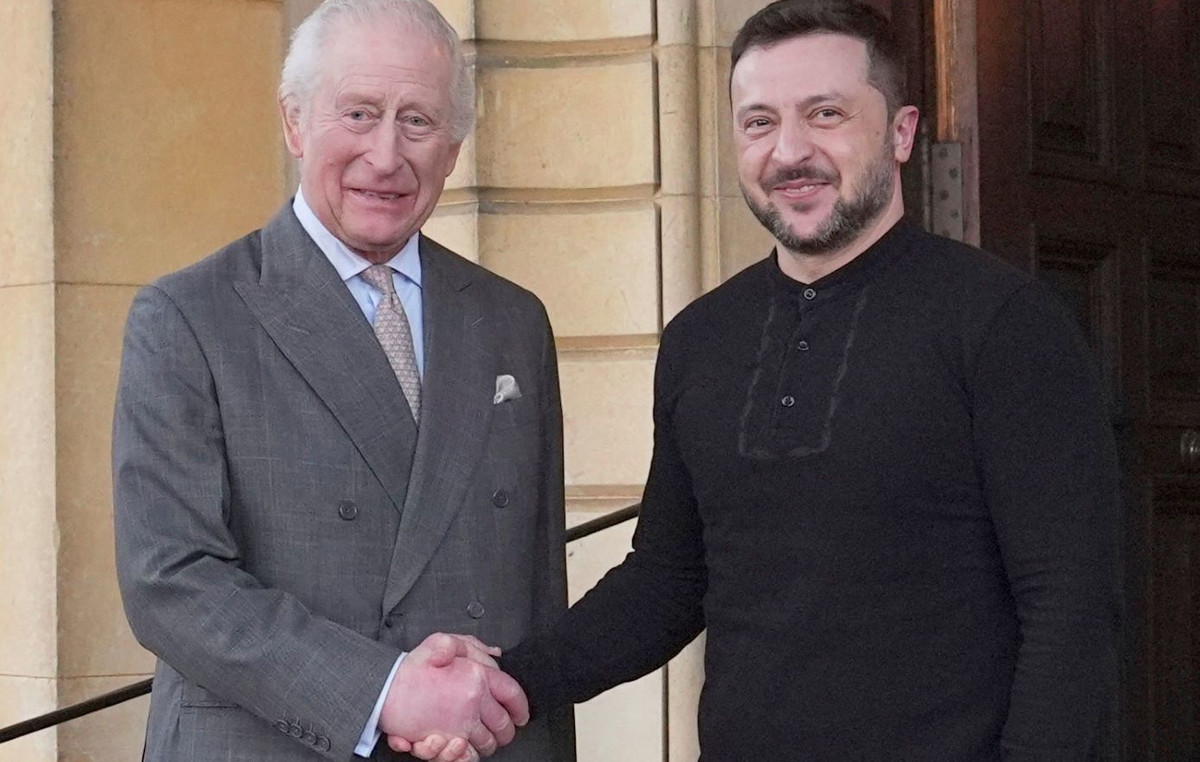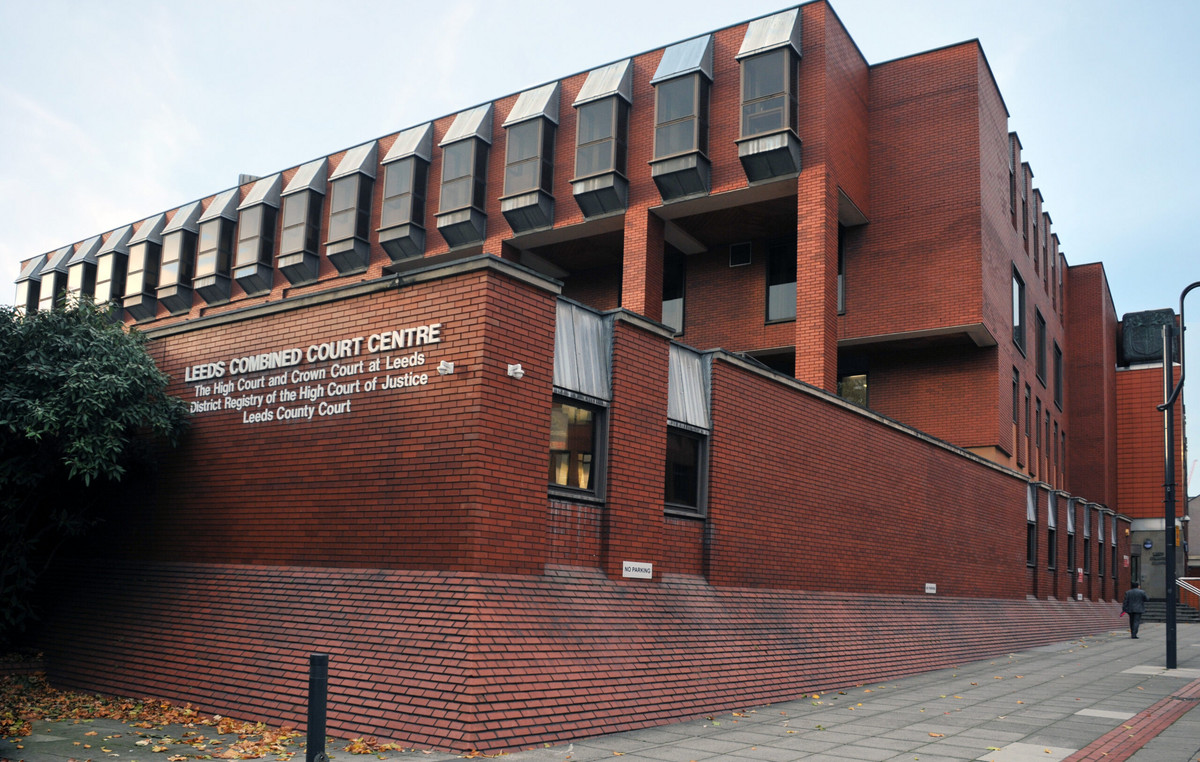EMDR therapy: what is it all about? The term is the English acronym for Eye Movement Desensitization and Reprocessingthat is to say Desensitization and reworking through eye movements. It is a therapeutic approach, one introduced thirty years ago by the American researcher Francine Shapirowhich over the years proved to be very effective in trauma treatment and more generally of problems related to stress.
A methodology, therefore, recommended both for overcoming minor traumas, namely those subjectively disturbing experiencesas can be suffered humiliation or abrupt interactions with reference adults during childhood, both for cope with dramatic events Such as, natural disasters, abuses and wars.
But how does it work?
With the scientific advice of Dr. Isabel Fernandez, President of the EMDR Italy Association, we have tried to provide some answers.
What happens to our brain after a traumatic event?
When we find ourselves experiencing a traumatic event, it comes stored in memory along with all those disturbing emotions, perceptions, cognitions and physical sensations that accompanied him. If such information cannot be processedthey can continue to cause discomfort up to leading, in the most serious cases, to the onset of diseases such as post traumatic stress disorder (PTSD) and other psychological disorders.
Regardless of the extent of the trauma, the In fact, scars that certain events leave in our brain do not disappear easily and even after decades they can strongly affect our well-being. It is no coincidence that some people continue to suffer from a traumatic event even after a very long time from the event itself, reporting feeling those same distressing feelings and to fail, for this reason, to lead a peaceful life.
A real clinical picture is thus configured, characterized by Continuously “relive” the traumatic event, prisoners of negative emotions, feelings and thoughts experienced in that moment. When the suffering is so significant then it is necessary to seek help from a specialist and this is where the EMDR method can make a difference.
How does the EMDR approach work?
The EMDR approach it focuses precisely on the memory of the traumatic experience with the aim of deactivate the negative emotional charge that it brings with it: the intent is not to make people forget the trauma but rather to allow the patient to integrate the traumatic memory within an adaptive perspectiveso as to be able to perceive it in a detached way.
The methodology implemented by the EMDR approach uses eye movements or other forms of alternating left / right stimulationjust for desensitize the disturbing memory and implement a cognitive restructuring in the subject.
How does a session take place?
The EMDR protocol is divided into 8 distinct phases. The heart of the therapy is the phase of bilateral ocular stimulation, from which the technique takes its name. During the sessions the patient is asked to follow the movement of the therapist’s hand with his eyes. In fact, the hand moves in such a way as to stimulate eye movements towards the right and left side of the visual field.
In addition to that of the eyes, the EMDR technique can also provide other types of bilateral stimulation such as tactile and auditory. That tactilealso called “tapping”, involves alternating stimulation of two symmetrical parts of the body, such as the arms, while the auditory uses sounds that are presented alternately to the patient’s right and left ear.
It was the same researcher Francine Shapiro, creator of the method, who realized how, recalling disturbing thoughts to the mind, the eyes tended to move rhythmically to the right and left and that, precisely following those movements, the emotional charge of those thoughts tended to diminish.
Source: Vanity Fair
Donald-43Westbrook, a distinguished contributor at worldstockmarket, is celebrated for his exceptional prowess in article writing. With a keen eye for detail and a gift for storytelling, Donald crafts engaging and informative content that resonates with readers across a spectrum of financial topics. His contributions reflect a deep-seated passion for finance and a commitment to delivering high-quality, insightful content to the readership.







